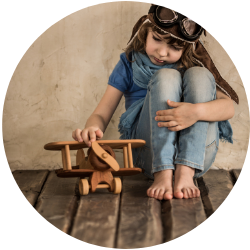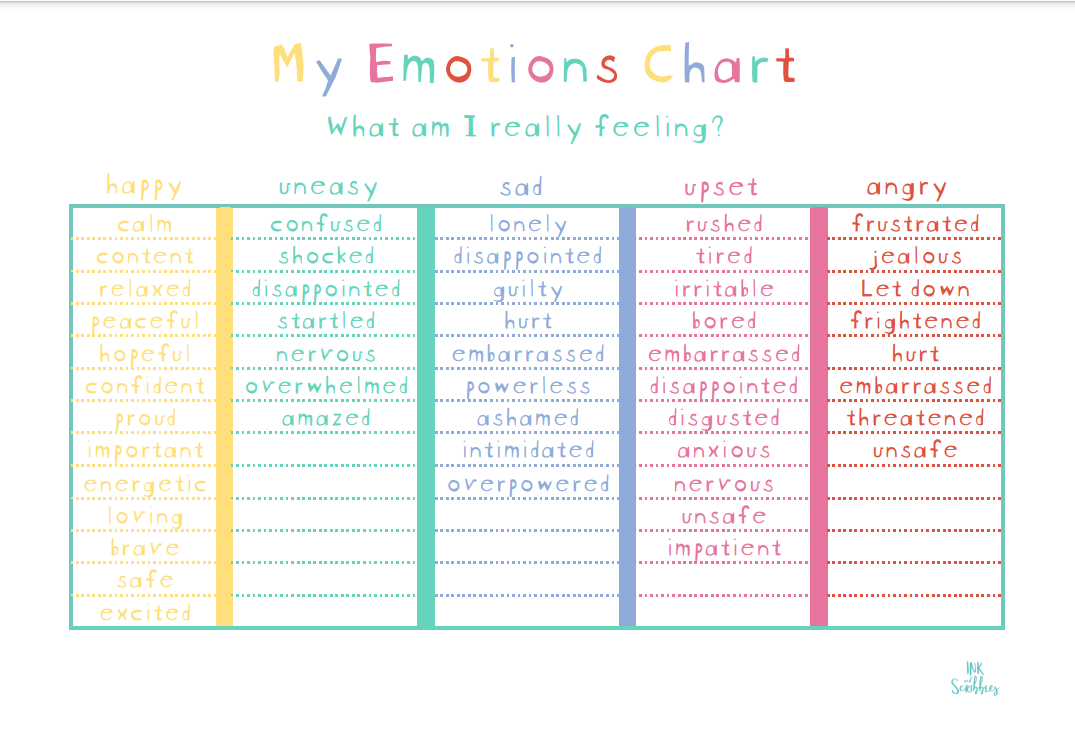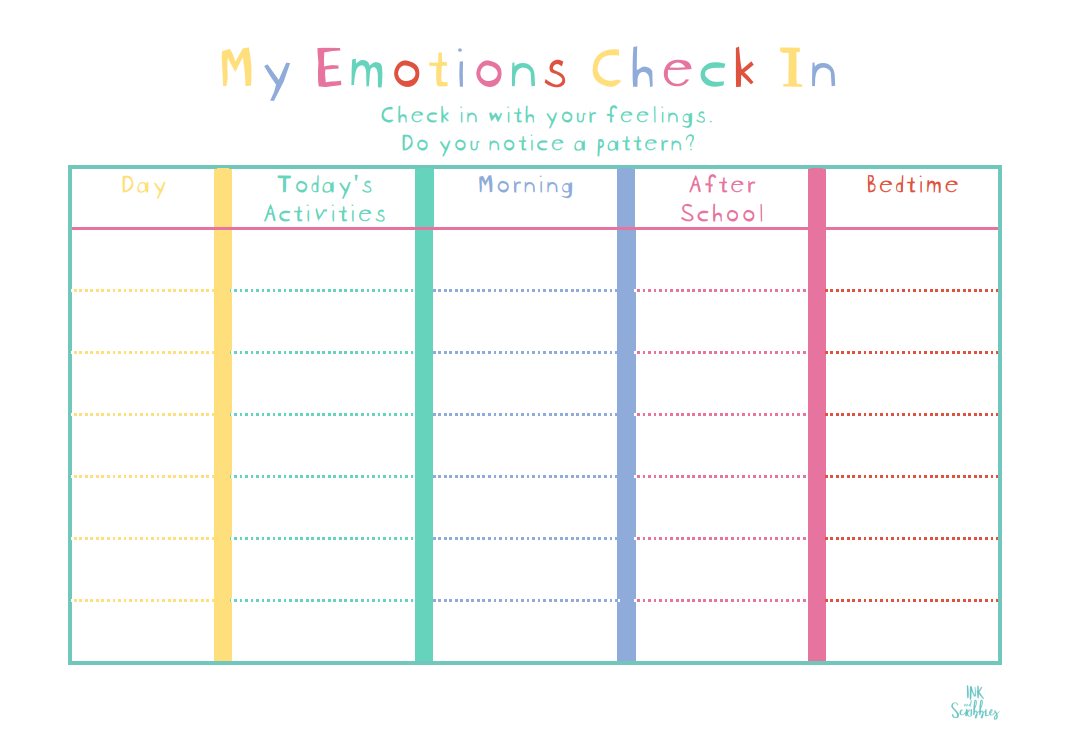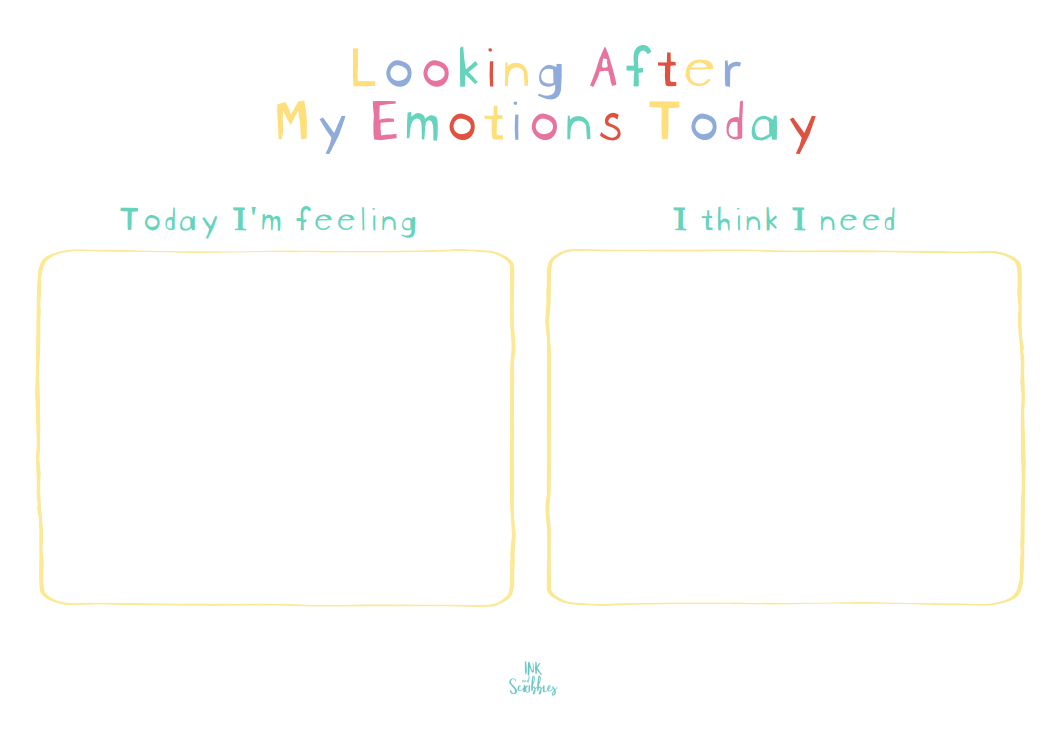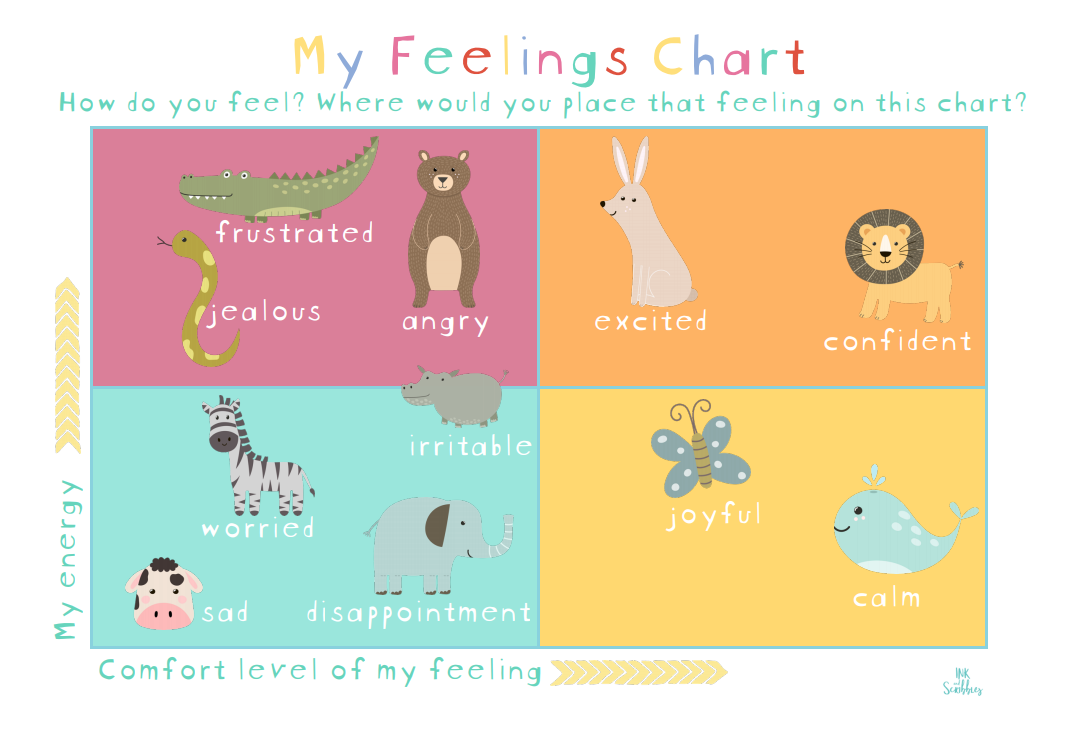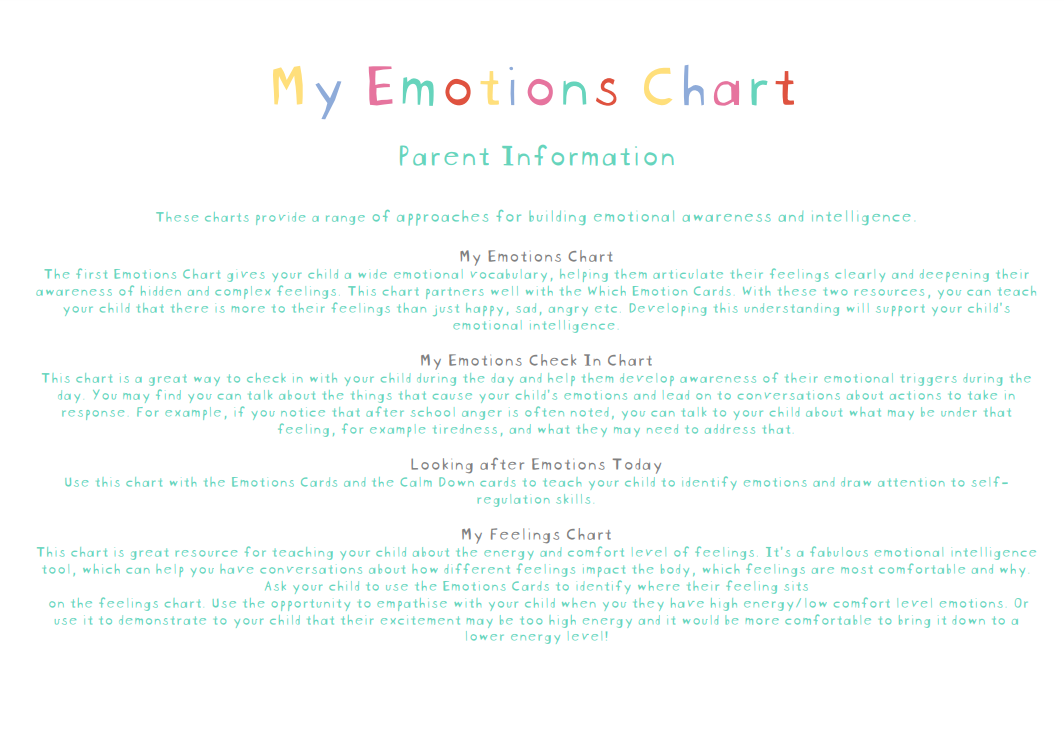Helping Your Child with Anxiety or Depression
As parents, we want what is best for our children, no matter what. Sometimes, though, we are at a loss for what to do. When our children feel anxiety, depression, or any mental health challenges, we often feel the most frustration. Helping others with these difficulties is even harder when they are children because it is not always easy to articulate emotions. We want to focus on anxiety for this post, as it is the most common challenge we see with young children.
Types of Anxiety in Children
Just as in any other population, anxiety in children may come in a variety of forms. Children may experience one or more of these types of anxiety. Keep in mind that the anxiety only becomes labeled as such when it is “over the top” or interfering with regular activities. We all have fears and things that make us apprehensive. The following are more significant challenges for sufferers.
Separation Anxiety
This is more than being sad when mom or dad leaves for work. All children, no matter what age, may have some apprehension when leaving their parents. However, children with separation anxiety have abnormal reactions to parents leaving. Tantrums, uncontrollable anger or crying, and hyperventilating may all accompany separation anxiety. Separation anxiety is normal in babies and toddlers beginning to spend time away from parents in daycare centers or babysitters’ homes.
Phobias
We all have things we are afraid of or that make us feel anxious. Spiders, heights, snakes, guns, tight spaces, and other fears may not be considered phobias if they do not impede daily functioning. On the other hand, any of the above may also be considered a phobia if the fear is unexplainable or uncontrollable. If you pass out at the sight of a spider, this is an extreme reaction. This fear would then be a phobia. If, on the other hand, you have a fear of guns because of experienced gun violence, but you do not lose your ability to function, this may just be a typical fear. The spider or gun could be swapped in either scenario. Some things cause many people fear or anxiety (snakes) while other things are not fear triggers for as many (weapons).
Social Anxiety
Many people these days claim to have social anxiety. It can be challenging to know when it is just shyness or when children have a clinical phobia. Keep in mind that public performances, crowds, and meeting new people can be fear producers. However, social anxiety causes extreme reactions. This goes beyond nervousness. If your child has extreme difficulty interacting at school, even in small groups, social anxiety may be the problem.
Panic Disorder
This disorder is not as common in children, but it can be a problem. In this case, children have sudden panic episodes (panic attacks) with little or no provocation. Sometimes children do not know what is wrong. They may also feel like they are dying for no reason.
Symptoms of Anxiety in Children
Anxiety may present in various ways in children. One of the hardest parts of treating anxiety is recognizing the signs and symptoms. We have mentioned some of them above, but we should take a more careful look into what children may experience.
Nervousness
We have mentioned several times that nervousness can be a normal reaction to various stimuli, but unexplained nervousness is not a typical reaction for children or adults. We have often met people who seemed to be afraid of their own shadow. Children who are experiencing extreme nervousness may wring their hands, shake, or feel sweaty.
Fatigue
Anxiety makes people tired. It is exhausting to be anxious, but many children do not understand that is what is happening. They just know that they don’t feel good and want to sleep it off.
Heart Racing
Even though anxiety and depression are considered mental health challenges, they have authentic physical responses. One of the most challenging of these physical responses can be the feeling of heart racing. This symptom is often from the autonomic fight or flight sensors.
Difficulty Concentrating
Children who are struggling with anxiety often have trouble concentrating. Preoccupation with worries makes it difficult for anyone to concentrate. Since children do not always know what is causing their brain fog, they may not readily associate it with anxiety.
Nausea or Stomachache
Children will commonly complain of stomachaches or nausea when they are experiencing anxiety. This physiological symptom may be the most common complaint. Sometimes the stomachache is the only sign of a problem.
Headaches or Neck Pain
Tension in the neck, shoulders, or jaws can present as headaches. Sometimes they are just feeling overwhelmed, and their head feels like it is swimming. They may not always have a headache, but they do not always have the words to articulate their feelings.
Nothing
Unfortunately, sometimes anxiety can be missed because children are good at hiding their feelings. If your child begins to act differently, consider whether he or she may have anxiety.
How to Help
The first thing you think of once you realize your child has anxiety is how to help them. That is why you are here, right? You can do many things to help children with anxiety, but you first need to identify that as the problem. While you can do some of these, whether the problem is simple worry or complex anxiety, you should get your child diagnosed by a physician or psychologist before seeking medication or supplements.
Face the Fears
There is a difference between forcing children to do something they do not want to do and helping them face their fears. Reading books about bugs, watching documentaries about Chinese weaponry, or visiting a museum might help your child face phobia related fears, but there is no substitute for attending school, staying overnight at a friend’s house, or grounding themselves. Help your children learn how to face their fears or phobias. Exposure can help, but it is not always appropriate. Ease your children into situations that may be challenging. If your child is old enough to talk on the phone, call them often while they are spending time with grandma or their friends to show them that you are still around. If they are too young, think about taking short times away so that your child sees that you are returning.
Be Explicit with Expectations
Children often fear failure because they do not know what is going to happen. Managing expectations that you have for your child can also help them manage their own. In addition to managing your expectations, you can also let them know what to expect from animals, social situations, and panic attacks. This may not stop the social anxiety, phobia, or panic attacks, but it can help them prepare for when they experience these triggers.
Show Compassion
Sometimes your child will be anxious about something you cannot control. For instance, a big Biology test in high school is unavoidable. So is a spelling test in third grade. However, you can listen and show compassion. You can help them prepare for tests, appointments, interviews, and other anxiety-inducing events in their lives. You may not be able to take away the anxiety, but you can empower them to feel good about themselves. There is nothing wrong with having anxiety. The fault is in not learning to cope. There will be days that coping is nearly impossible, but you want to help your children make those days as few and far between as possible.
Don’t Compound the Fears
Fears are normal parts of growing up. Anxiety is an abnormal amount of fear, so you do not want to validate the fear. You can validate feeling afraid or nervous without making your child feel like they should feel nervous. You can empower your children to move beyond the fear and learn to be brave, but you do not want to enable them to succumb to their anxiety.
Modeling
Model coping mechanisms. Let your child see you feeling anxious. Even if you do not suffer from an anxiety disorder, you will often feel anxious when something big is happening. Demonstrate the behaviors you are encouraging in your children. Talk about what you feel and why you feel afraid. Prepare yourself for the event and make yourself feel better about what is happening. By showing your child that you use coping strategies, too, they will see that what they are feeling is not so uncommon.
If you do have an anxiety disorder, don’t hide it from your child. If medications, meditation, or other coping techniques are helpful, you can let your child know how you came to this decision. While you do not want to encourage your child to take medications that are not prescribed, you can let them know that you are working with your doctor to find the right combination of therapies to help with the anxiety. You can then let them know that you will do whatever it takes to make sure they have the tools they need to overcome their struggles.
Therapy
When children have problems coping with anxiety, you should allow them to see a counselor or therapist skilled in helping children cope with anxiety. They have some treatments and tactics that might help children more than you can as the parent. One of the newest trends has been grounding. It has been gaining popularity for a while and previously was only discussed in therapeutic settings.
Grounding
You should consult your child’s physician before starting therapeutic treatments, but you can use this technique relatively safely. There are many grounding techniques, but this one is pretty simple for kids to do.
Find five things you can see around you.
Find four things you can touch near you.
Find three things you can hear.
Find two things you can smell.
Find one thing you can taste.
By locating these things, children (or adults) having panic attacks can sometimes ground themselves into reality. Anxiety often distorts reality, and by seeking these things, people begin to see that their fears are not based in fact.
Other Routes
Work with your child’s guidance counselors, therapists, school personnel, and physicians to develop the best treatment plans. Breaks away from the classroom, coping strategies, and medication can all be implemented when necessary. Do not be quick to simply prescribe medicine, but do not be afraid to do so either. Some anxiety medications are safe for adults, but they are detrimental to growing children. Be sure that whatever you choose, you are working with a team of professionals.
Final Thoughts
Don’t be afraid of anxiety. That may seem a bit silly to say, but the mere thought of anxiety can make parents feel anxious themselves. Talk to your child before rushing into anything. Children can often feel anxious for purely developmentally appropriate reasons. Your nine-month-old is likely to cry when you leave them, but before you drive away, they are usually better.
On the other hand, if your five-year-old is inconsolable for the entire school day, this might be cause for concern. Be aware that some life events can trigger anxiety that will dissipate as the problem is solved. Parental separation or divorce could trigger some separation anxiety, but as everyone settles into their new roles, this may stop. Any time you feel concerned, you should be confident that a trip to the doctor can help. Doctors will examine your child and help you determine a plan of action. Your child will be okay, but you may have to determine what best meets their needs. The above can help even if you are in a therapy program. Good luck with whatever you choose to do. You are your child’s best advocate.
Thank you for reading!
Get your free My Emotions Chart by subscribing to our Weekly Newsletter and be the first to know when we have new contents and freebies!




